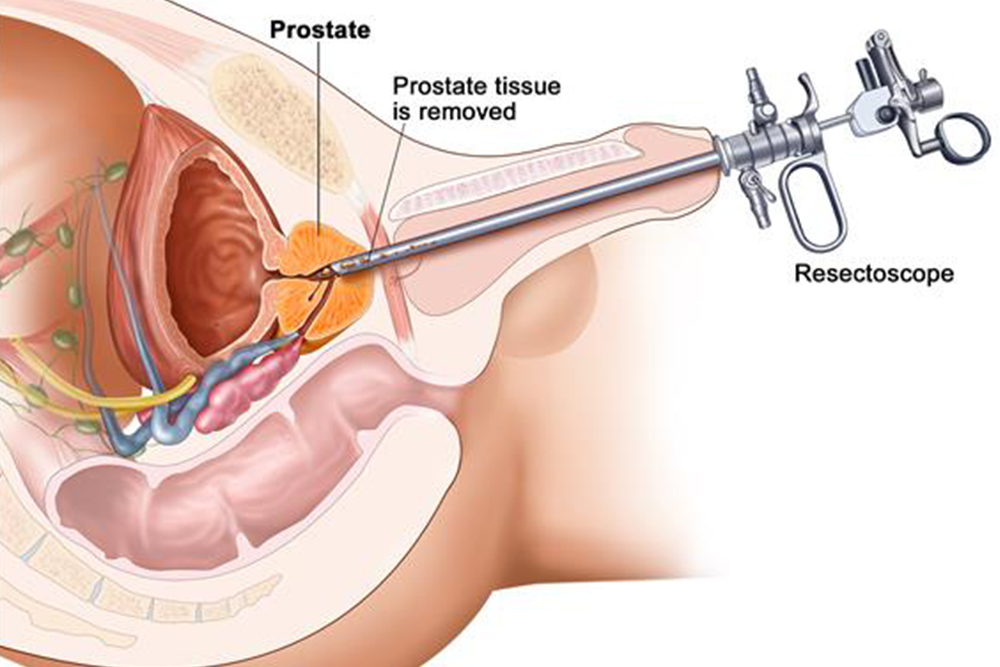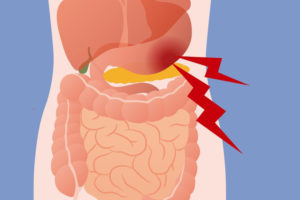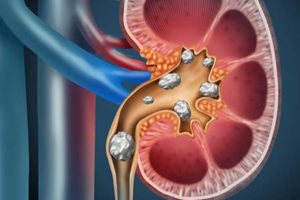Transurethral resection of the prostate (TURP) is a surgery used to treat urinary problems due to an enlarged prostate.
A combined visual and surgical instrument (resectoscope) is inserted through the tip of your penis and into the tube that carries urine from your bladder (urethra). The prostate surrounds the urethra. Using the resectoscope, your doctor trims away excess prostate tissue that’s blocking urine flow.
TURP is generally considered an option for men with moderate to severe urinary problems that haven’t responded to medication. Traditionally, TURP has been considered the most effective treatment for an enlarged prostate.
However, a number of other, minimally invasive procedures are becoming more effective, due to improved techniques and surgical tools. These minimally invasive procedures generally cause fewer complications and have a quicker recovery period than TURP. The risk of bleeding is generally higher with TURP, so it might not be the best option for certain men who take blood-thinning medications.
Why it’s done
TURP helps reduce urinary symptoms caused by benign prostatic hyperplasia (BPH), including:
- Frequent, urgent need to urinate
- Difficulty starting urination
- Slow (prolonged) urination
- Increased frequency of urination at night
- Stopping and starting again while urinating
- The feeling you can’t completely empty your bladder
- Urinary tract infections
TURP might also be done to treat or prevent complications due to blocked urine flow, such as:
- Recurring urinary tract infections
- Kidney or bladder damage
- Inability to control urination or an inability to urinate at all
- Bladder stones
- Blood in your urine
How TURP is performed
TURP is carried out using a device called a resectoscope, which is a thin metal tube containing a light, camera and loop of wire. This is passed along your urethra until it reaches your prostate, which means no cuts (incisions) need to be made in your skin.
The loop of wire is then heated with an electric current and used to cut away the section of your prostate causing your symptoms. A thin tube called a catheter is then inserted into your urethra to pump fluid into the bladder and flush away pieces of prostate that have been removed.
General or spinal anaesthesia is used during the procedure so you don’t feel any pain while it’s carried out.



